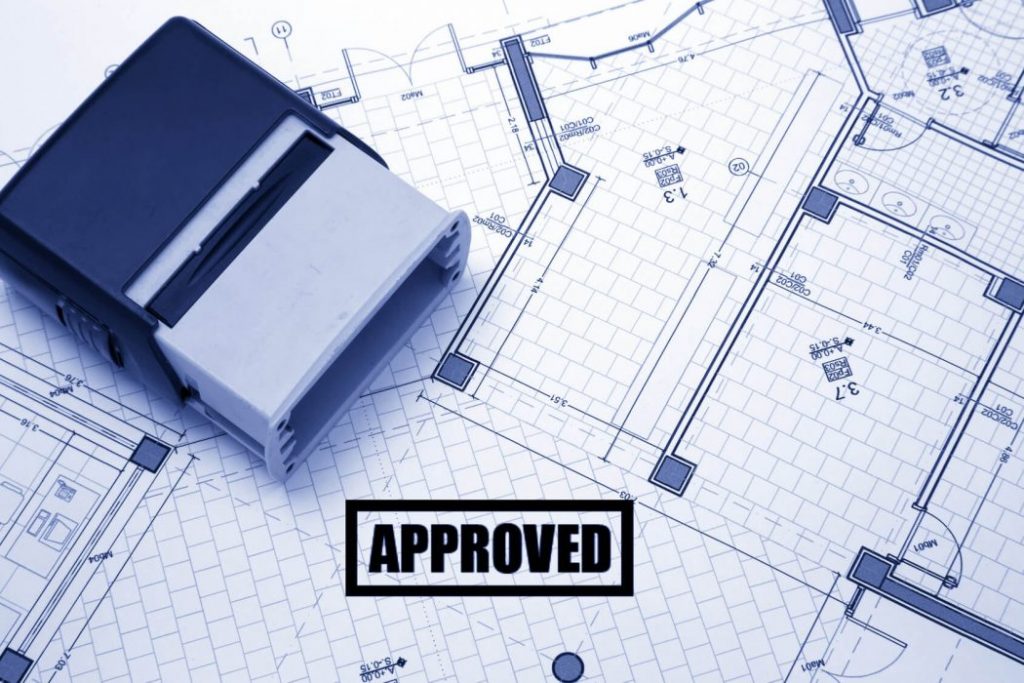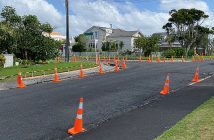Homeowners, builders and DIYers will soon have an easier time making basic home improvements as the Government scraps the need for consents for low-risk building work

The Government is introducing new exemptions to the Building Act in a move save homeowners $18 million in consenting costs each year, though building work must still meet the Building Code, Minister for Building and Construction Jenny Salesa announced today.
“These changes will save New Zealanders time and money and mean councils can focus on higher-risk building work, boosting the building and construction sector in the COVID-19 recovery,” Jenny Salesa said.
“Single-storey detached buildings up to 30 square metres – such as sleep-outs, sheds and greenhouses; carports; awnings; water storage bladders and others will now not require a Council-approved building consent, which will result in 9000 fewer consents to process a year.
“Some of the new exemptions will utilise the Licensed Builder Practitioners scheme, which recognises the competence of these building practitioners and allows them to join chartered professional engineers and certifying plumbers in having their own suite of exemptions.
“Every New Zealander deserves a warm, dry, safe home, and this Government is finding ways to help build more houses by unclogging the building consent process, making it quicker and more affordable.
“These exemptions are just one part of my broader building system reform programme, which includes Construction Sector Accord Transformation Plan, the Construction Skills Action Plan, and Building Law reforms,” Jenny Salesa said.
Most of the new exemptions are expected to commence at the end of August, after the necessary changes to the Building Act have been made.
The Package
The package provides six new exemptions and expands four of the current exemptions
It contains proposals for exemptions for building work such as:
- larger single-storey detached buildings up to 30 square metres;
- carports with a maximum floor area of 40 square metres;
- awnings with a maximum size of 30 square metres;
- verandas and porches with a maximum size of 30 square metres;
- outdoor fireplaces or ovens;
- flexible water storage bladders for irrigation and firefighting only, up 200,000 litres in storage capacity;
- short-span bridges on private land without public access;
- pipe supporting structures;
- ground-mounted solar array panels in rural zones and outside rural zones;
- detached single-storey pole sheds and hay barns.
While exempt from a consent, this work must still comply with the Building Code. A complete list of building work that will be exempt is available on the Building Performance website at https://www.building.govt.nz/projects-and-consents/planning-a-successful-build/scope-and-design/check-if-you-need-consents/building-consent-exemptions-for-low-risk-work/new-building-consent-exemptions
Q&A
1. What are building consent exemptions?
Building consent exemptions recognise that some building work is low-risk enough that it doesn’t need to be subject to the requirements of the building consent process. However, the work must still comply with the Building Code and other legislative requirements.
2. How many building consent exemptions are there?
There are already 43 exemptions in Schedule 1. This new exemption package provides six new exemptions and expands four of the current exemptions, and covers a variety of work carried out in urban and rural areas.
3. What do these changes mean for building owners?
The changes will mean that those looking to undertake building work that is exempt won’t have to apply or pay for a building consent to carry out this work. There won’t be regular council inspections on work progress, and, overall, there will be less red tape to navigate.
4. Will people need to talk to the Council before starting work?
No. For exempt building work listed in Schedule 1 of the Building Act 2004, building owners don’t need to contact their council or apply for a building consent before they start their building work.
However, when in doubt, it’s best to consult the council.
5. If work is exempt under Schedule 1, do other Acts still apply (e.g. the Resource Management Act)?
Building work that does not require a building consent must still comply with the Building Code and other legislative requirements, such as those under the Resource Management Act 1991, the Electricity Act 1992 and the Health and Safety at Work Act 2015.
If you are unsure what Acts may apply, and what the requirements are, it’s best to consult an expert.
6. Can anyone do the building work that’s part of the new exemptions?
Some of the work in the exemption package can be done by anyone, and some will need the involvement of a chartered professional engineer or a licensed building practitioner.
The new exemptions include building work such as single-storey detached buildings up to 30 square metres (including sleep-outs, sheds and greenhouses); carports; awnings; water storage bladders, and more under certain conditions.
7. When do the changes take effect?
An Order in Council for the exemptions package is expected to be made by 31 July and changes in force by the end of August.
To give full effect to the exemptions package, the Building Act 2004 needs to be amended for the exemptions that relate to Licensed Building Practitioners (LBPs). The Government aims to have these changes included in the Building (Building Products and Methods, Modular Components and Other Matters) Amendment Bill 2020. This Bill currently includes other changes to make the consenting process more efficient and was introduced into Parliament on 8 May 2020.
8. Where can I get more information?
Guidance will be available on the Building.govt.nz website closer to August 2020.
9. Can I still apply for a building consent if I want to?
Yes. You may choose to apply for a building consent to give you the added assurance that the work is compliant with the Building Code, and so it is recorded on your property’s Land Information Memorandum (LIM).
10. I’ve already lodged my consent application for building work that is now exempt, what do I do now?
You should contact your local council to discuss this once the new rules come into force.
11. How did you come up with this list of proposed exemptions?
Feedback on a package of proposals was received through a consultation process involving councils, industry organisations and building owner groups likely to be affected.
12. What else is the government doing to improve consenting?
In addition to these changes and the changes in the Building (Building Products and Methods, Modular Components and Other Matters) Amendment Bill 2020, a range of other work is also currently underway to improve the building consenting system and support the COVID-19 recovery. This includes the Construction Sector Accord Transformation Plan and the Construction Skills Action Plan.




